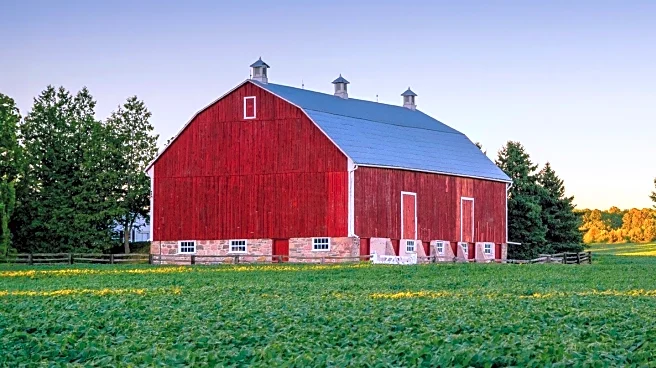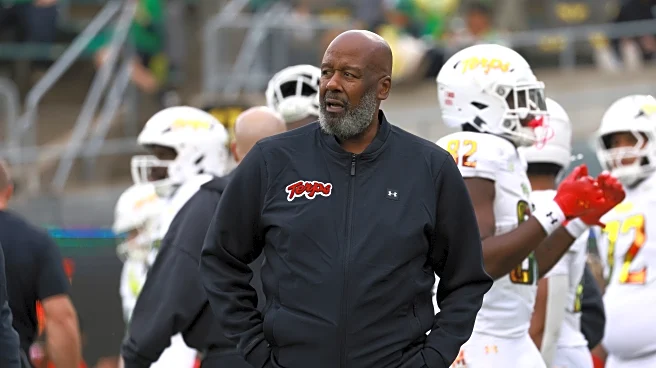What's Happening?
In Parma, Michigan, local families are increasingly turning to farm stands as a means of promoting self-reliance and community sharing. The Isaacson family, along with Scott Sommers, have established farm stands to distribute excess produce from their gardens. The initiative began when Sommers, after growing a large garden, placed free tomatoes on a flat-bed truck by the road, which attracted community interest and donations. The Isaacson family, utilizing their grandparents' garden, also set up a stand to manage surplus vegetables. These stands operate on an honor system, allowing customers to pay what they can or leave an IOU. The proceeds from the Isaacson's stand are earmarked for their son's college fund. The community has embraced these stands, with residents eagerly anticipating their seasonal openings.
Why It's Important?
The emergence of farm stands in Parma highlights a growing trend towards local food sourcing and community-based economic models. This movement not only fosters self-reliance but also strengthens community bonds by encouraging neighbors to support one another. The honor system employed by these stands reflects a trust-based economy, which can enhance social cohesion. Additionally, such initiatives can provide financial benefits to families, as seen with the Isaacson family directing profits towards educational expenses. This model could inspire similar efforts in other communities, promoting sustainable practices and local economic resilience.
What's Next?
As these farm stands continue to gain popularity, there may be opportunities for expansion or collaboration with local businesses and farmers' markets. The success of these stands could lead to more structured community-supported agriculture (CSA) programs, offering a wider variety of produce and potentially involving more families. Additionally, the model could attract attention from local government or non-profit organizations interested in supporting sustainable community initiatives. The ongoing support from the community will be crucial in determining the long-term viability and growth of these farm stands.













